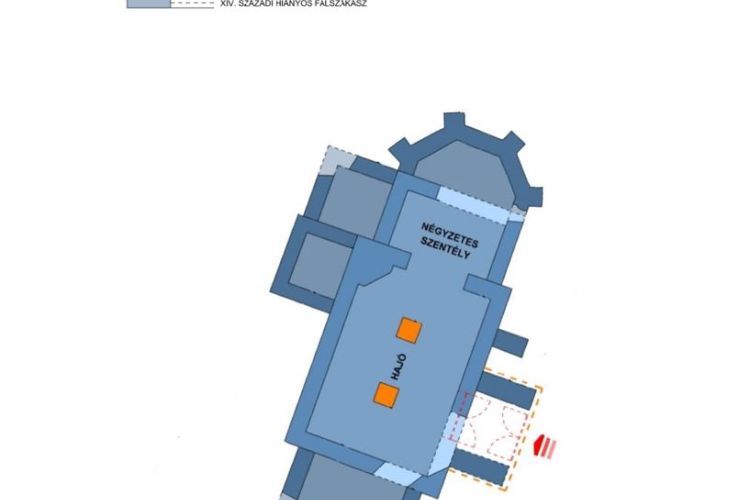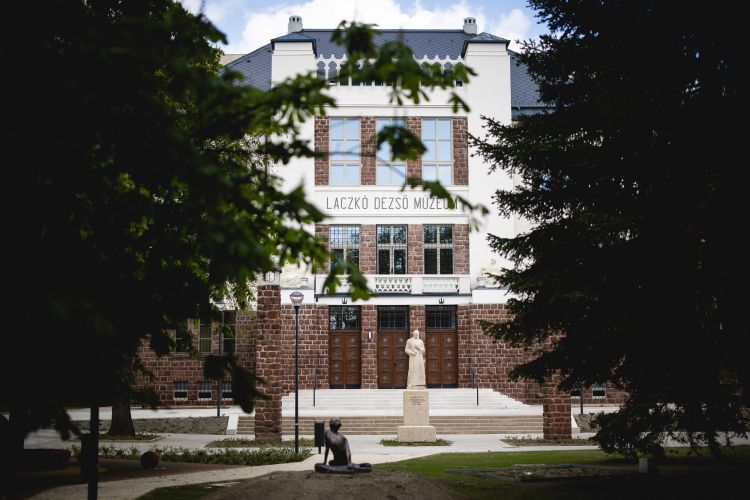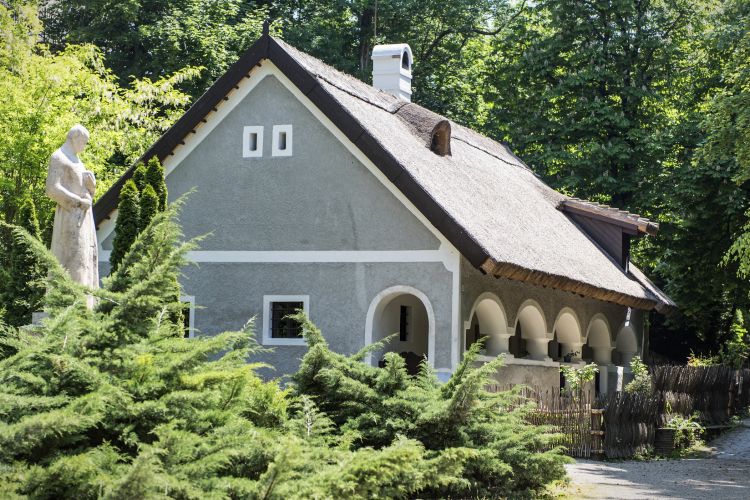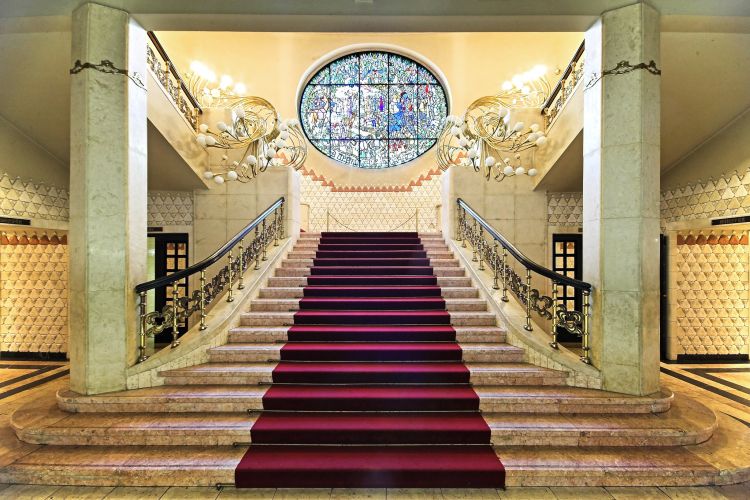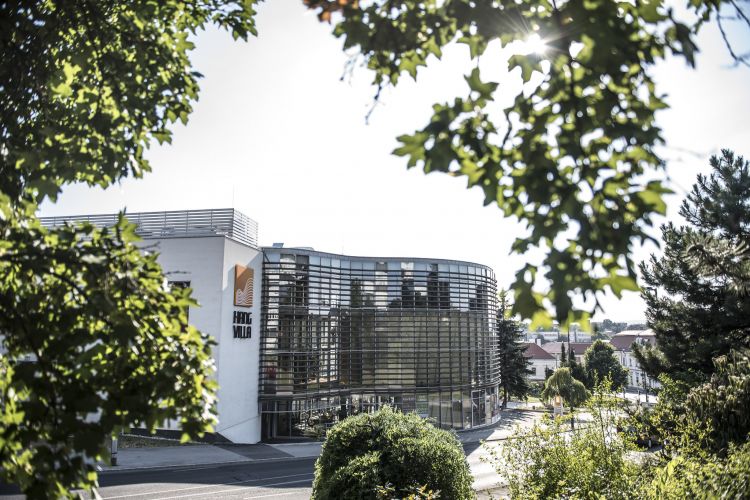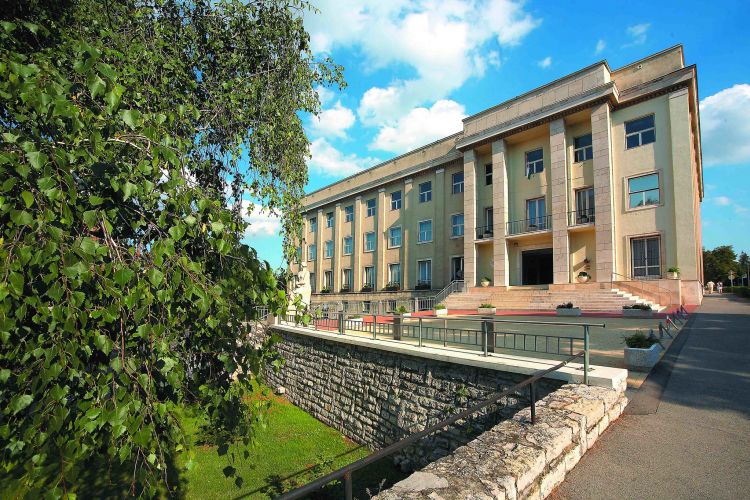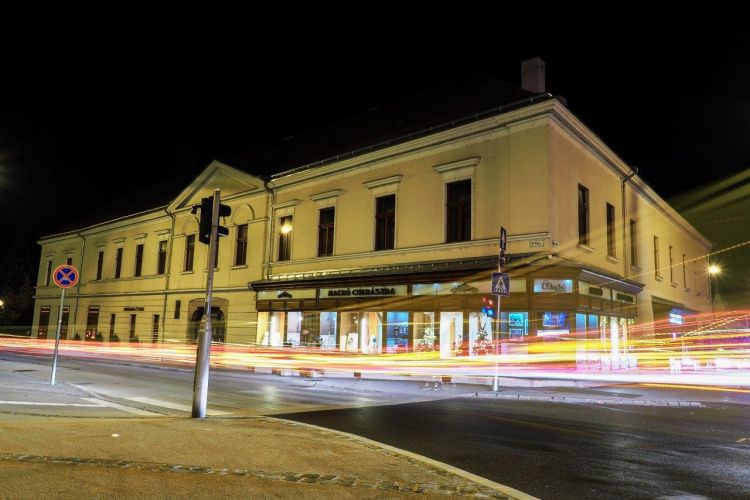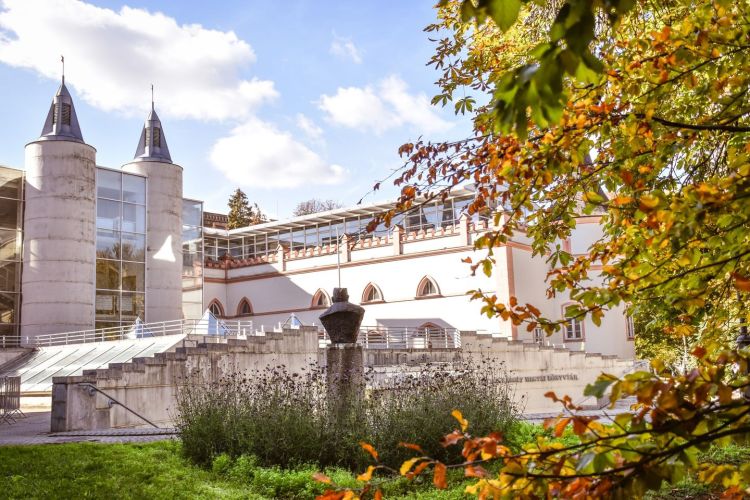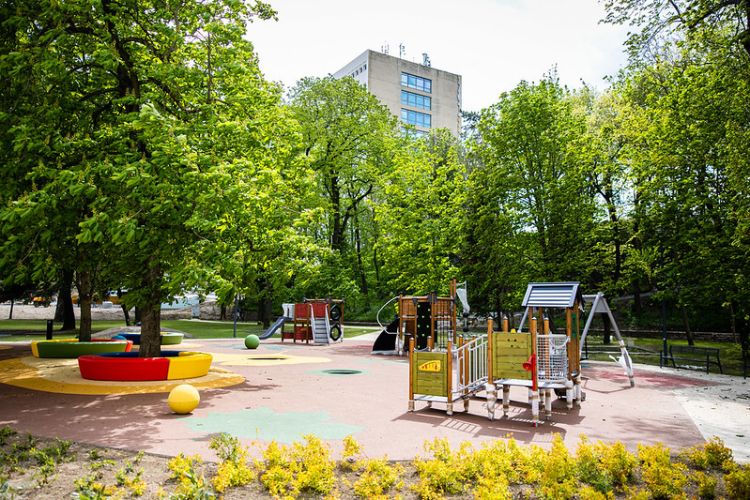
The historic district of Várhegy (Castle Hill) of Veszprém served as the centre surrounded by six small settlements inhabited by the servants of the bishop and the chapter. To the south of the castle, in the vicinity of the Dezső Laczkó Museum, the Károly Eötvös Library and the University of Pannonia, lay the district of Szentmiklósszeg, named after St. Nicholas, the patron saint of merchants and artisans. Based on the iron forges excavated here, it used to be inhabited by blacksmiths, but there is also written data about goldsmiths and shoemakers. Szentmiklószeg is centered around Kama-kút (Kama Fountain), named after an individual, which later was changed to Koma-kút, and the St. Nicholas Church standing on the hill.
The construction of the church was most probably ordered by Bishop Robertus of Veszprém. The single-nave church with a straight sanctuary closure oriented towards the east, was most likely built at the turn of the 12th-13th century, over the graves of a cemetery already in use in the 11th century. The building was first mentioned in writing in 1237. In the 15th century, it was enlarged with a Gothic shrine and a sacristy and bone house on its northern side, was subsequently converted into a two-nave structure with the addition of two columns. The age of the tower and the southern lobby is a matter of dispute.
The church was destroyed during the Turkish siege of the city in 1552. Used for several centuries, its cemetery surrounded the church, possibly taking up the entire surface of the dolomite rock. The tombs were arranged in a Christian manner with an east-west orientation. Funeral accessories were limited to the functional elements of clothing, which, however, can be said to be rather rich. These include clothespins, buckles, belt braces, chain pins, buttons and jewellery and rings with S-shaped ends, which are currently on exhibition in the Dezső Laczkó Museum.
Named after the French geologist Déodat de Dolomieu (1750–1801), dolomite is one of the most widespread rocks in the Transdanubian Mountains and can be found in Hungary from the Danube all the way to the Keszthely Mountains. Dolomite is formed in warm, shallow, coastal waters such as the beaches of the current-day Bahamas. The calcareous material deposited in the water turned into rocks over millions of years, with a thickness of up to two kilometres, and an age of about 230–210 million years (Triassic Period). Slowly but steadily, the Earth’s tectonic plates moved to the present location from hundreds of kilometres away. In some places, the fragments of its characteristic fossils remain, including the shells of the “megalodus”, which one can easily make out with the naked eye. The most famous fossil of Veszprém County is the tablet-toothed turtle of Veszprém, which was the contemporary of the “megalodus”.
Kálvária-domb can also serve as a significant habitat for wildlife. You can walk up the hill from a park of wild chestnut and small-leaved linden trees, where the flora is becoming more diverse, giving way to high ash, early and field maple and pine trees. With the help of the birds, young yew trees grow from the seeds falling on the ground here. Shrubs in the area include brine or viburnum, as well as foreign species such as white acacia, glandular ailanthus, narrow-leaved oleaster, common lilac or holly-leaved mahonia. There is also a western nettle tree on the hilltop. You can often see goldfinch, greenfinch, large woodpeckers, robins, finches, titmouse, blue titmouse and coal-mouse, nuthatch, blackcaps, or blackbird and mavis. The birds nests installed here also serve the university’s research project focused on the study of the behaviour of titmouses.
